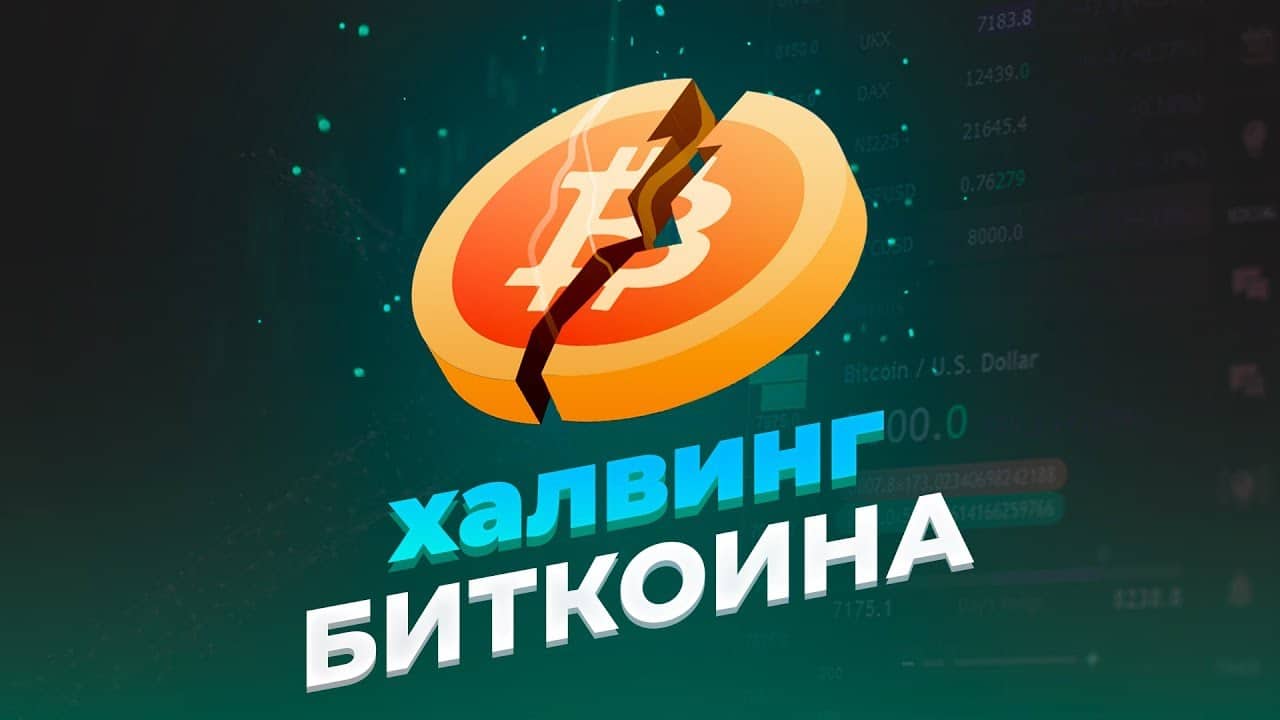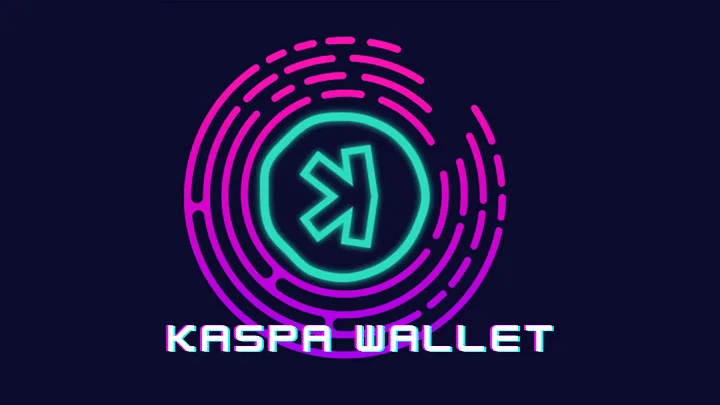

Today we will analyze the features and benefits of blockchain bridges, their difference and how to choose. We will analyze what a blockchain bridge is, how it works, and much more!
What are blockchain bridges?
A blockchain bridge provides a connection that allows the transfer of tokens or data between two different blockchain ecosystems.
A serious problem of blockchains today is their lack of compatibility. Once a developer builds their decentralized application on a particular platform, they are typically tied to that platform without being able to take advantage of any other blockchains.
For example, Ethereum has well-documented scalability issues that many developers were probably hoping to solve by now. If they move to another, faster platform like EOS, they lose out on the benefits that Ethereum offers: a large community, a widely supported token standard, and the most commonly used smart contract platform.
Therefore, a developer can use a bridge to send their token from one blockchain platform to another, gaining the benefits of both. In a truly interoperable blockchain ecosystem, tokens, data, and smart contracts can potentially move between many different platforms.
Bridges typically use some sort of mint-and-burn protocol to keep token supply consistent across all platforms. When a token leaves one blockchain, it is burned or locked up and an equivalent token appears on the opposite blockchain. Conversely, when the token returns to the original network, its “twin” is burned or blocked.

Examples of blockchain bridges
Several projects have already released their own versions of blockchain bridges.
The Syscoin-Ethereum bridge launched at the beginning of the year provides a reliable interoperability between Ethereum and the Syscoin network. Syscoin provides ERC-20 tokens with access to an interactive instant settlement protocol called a “zero-proof acyclic graph”, which is capable of processing over 60,000 transactions per second, as verified by an independent auditor.
RSK, a layer-two smart contract platform powered by the bitcoin chain, also released its RSK bridge token earlier this year. The RSK bridge allows assets to move between RSK and Ethereum, effectively implementing interoperability between Bitcoin and Ethereum.
Wanchain was one of the early projects to enter the collaboration space. In January, the company launched the fourth version of its network, introducing the T-Bridge infrastructure, which allows the transfer of data and digital assets between blockchains.
How do blockchain bridges work?
Just like blockchains themselves, bridges can operate across the spectrum of decentralization. The bridges mentioned above fall into two categories: unifying and trustless.
The bridging bridge runs in a similar way to a private or exclusive blockchain. The project establishes a set of criteria by which someone can qualify to become part of the association that manages and controls transactions within the bridge. For example, in Wanchain, specialized nodes called “storekeepers” lock up tokens on the Ethereum blockchain using secure multi-party computing.
The equivalent value of the tokens is determined in Wanchain, and when a user wants to move assets back to Ethereum, a threshold of hoarders must provide their private key fragment.
A trustless bridge can operate through a decentralized network of agents. In contrast to the pooling model, anyone can join the network as an agent, and the agents have an interest in ensuring that bridged transactions are properly verified. For example, the Syscoin bridge uses a network of agents who stake Ether and earn commissions from the bridge’s transactions, which are grouped into superblocks.
If any agent believes that another is not acting in the interests of the network by sending invalid superblocks, it can assign a task to it. If the challenge is completed, the challenger wins 3 ETH from the submitter. Conversely, the challenger loses 3 ETH if his challenge is considered unreasonable.
Benefits of blockchain bridges
There are many benefits to using blockchain bridges. For example, DApp developers using Ethereum often experience poor user experience issues due to slow transaction processing speeds and expensive gas fees during periods of high traffic and congestion.
Using a bridge, they can send their token to another blockchain for processing at a faster rate and at a lower cost. This means that a developer can continue to run their DApps on Ethereum using the ERC-20 token standards and benefit from an active Ethereum developer and user community.
If you like to read such articles and want to support the author, then you can subscribe to our telegram channel and recommend us to your friends, this will help a lot to support our project! Telegram:
Be the first to know all the news, read more about cryptocurrencies and mining at CRYPTO-MINING.BLOG.















No Comments